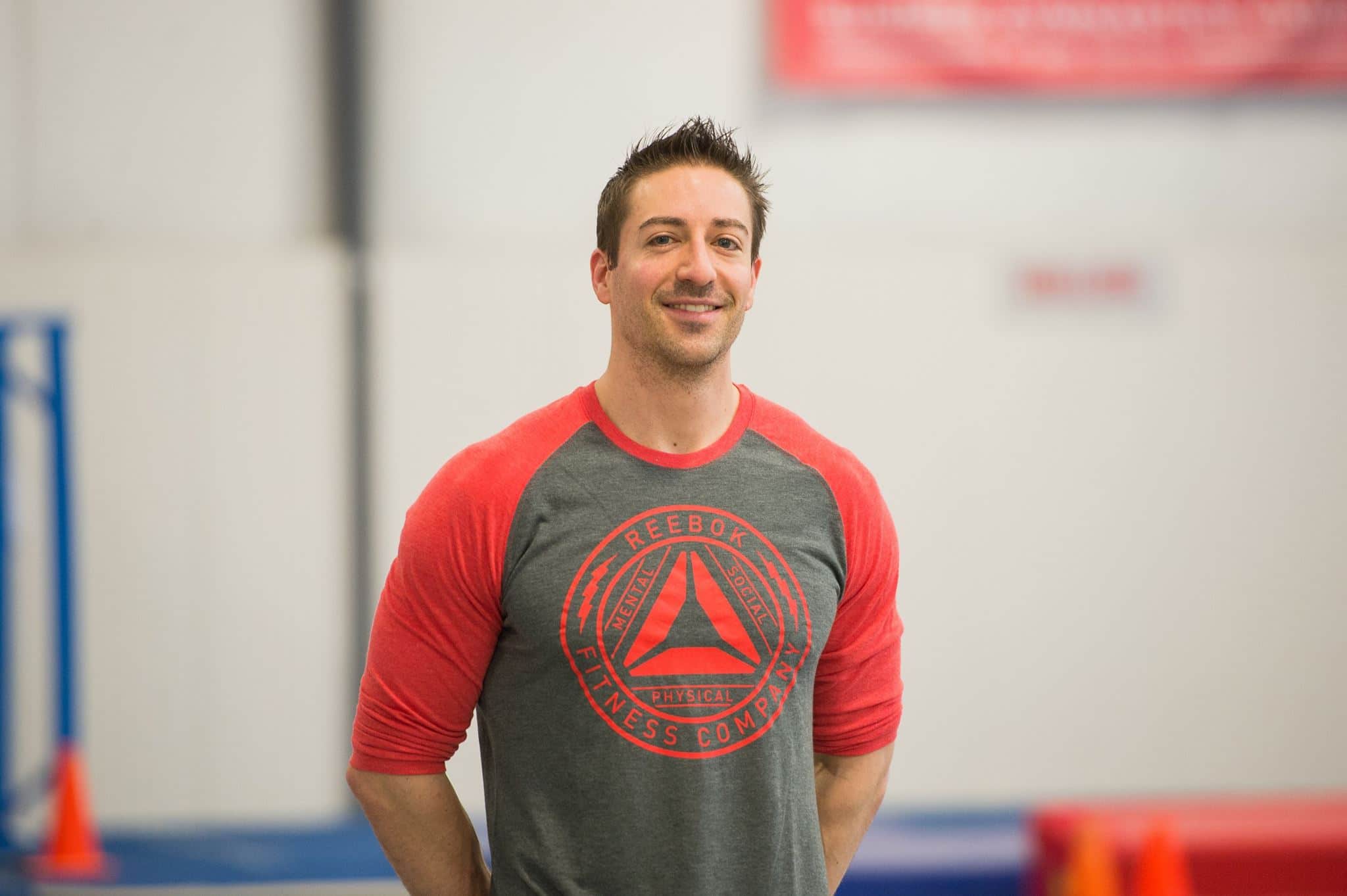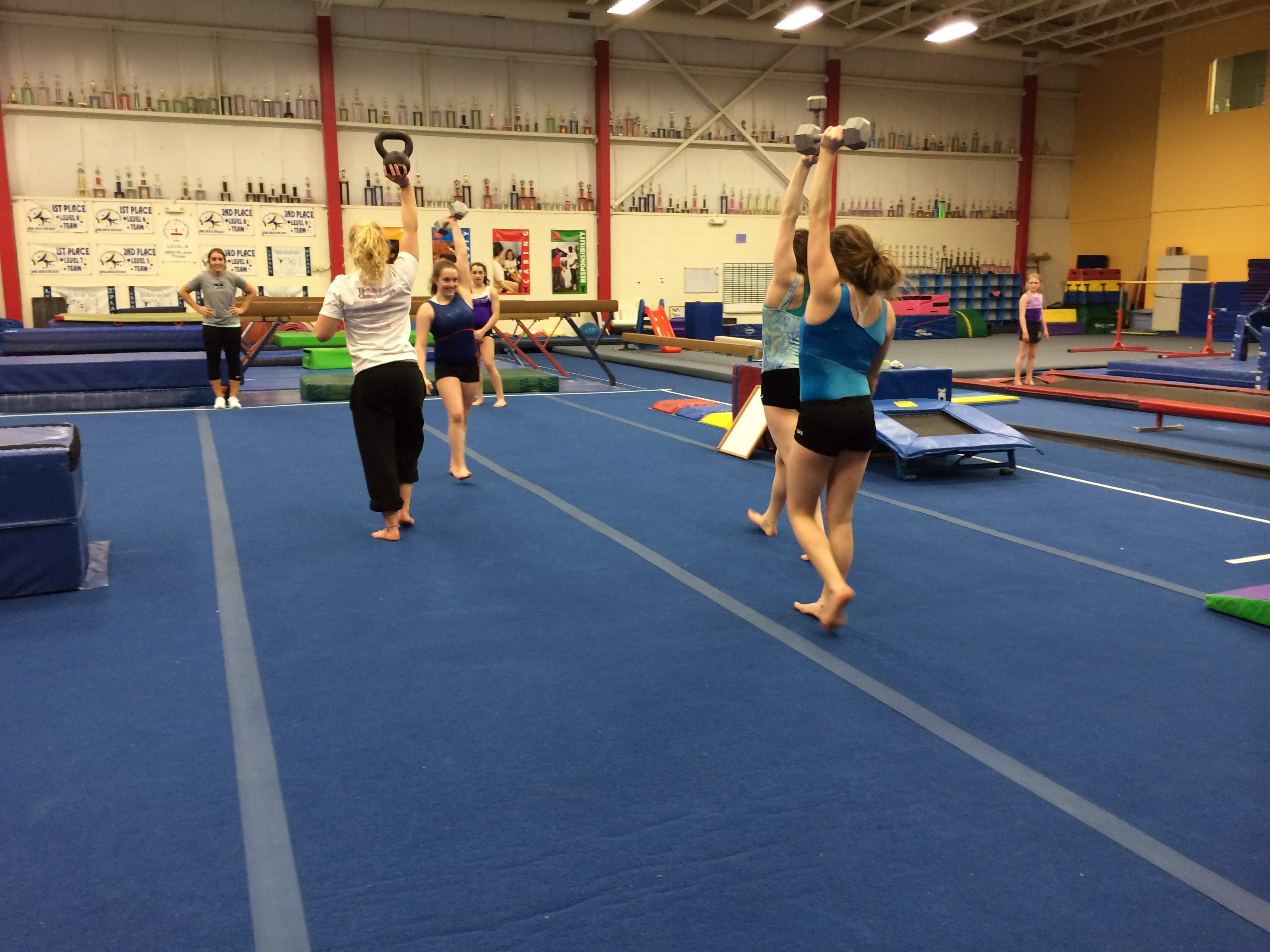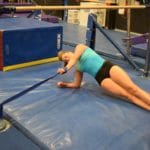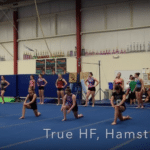Strength Balance in Gymnastics: Exercise Selection Matters
Strength training and athlete development are topics that are often discussed within the sport of gymnastics. Generally, this is tied in with the intent of directly increasing sports performance and gymnastics potential. As a coach myself, this is often my primary thought process when designing our athlete’s strength blocks and annual plan. However, a topic that is entwined with strength development that is often not thought about as much is the concept of strength balance.
If you are looking for all the current thoughts on Gymnastics Strength training, be sure to download SHIFTs free ebook on the topic,
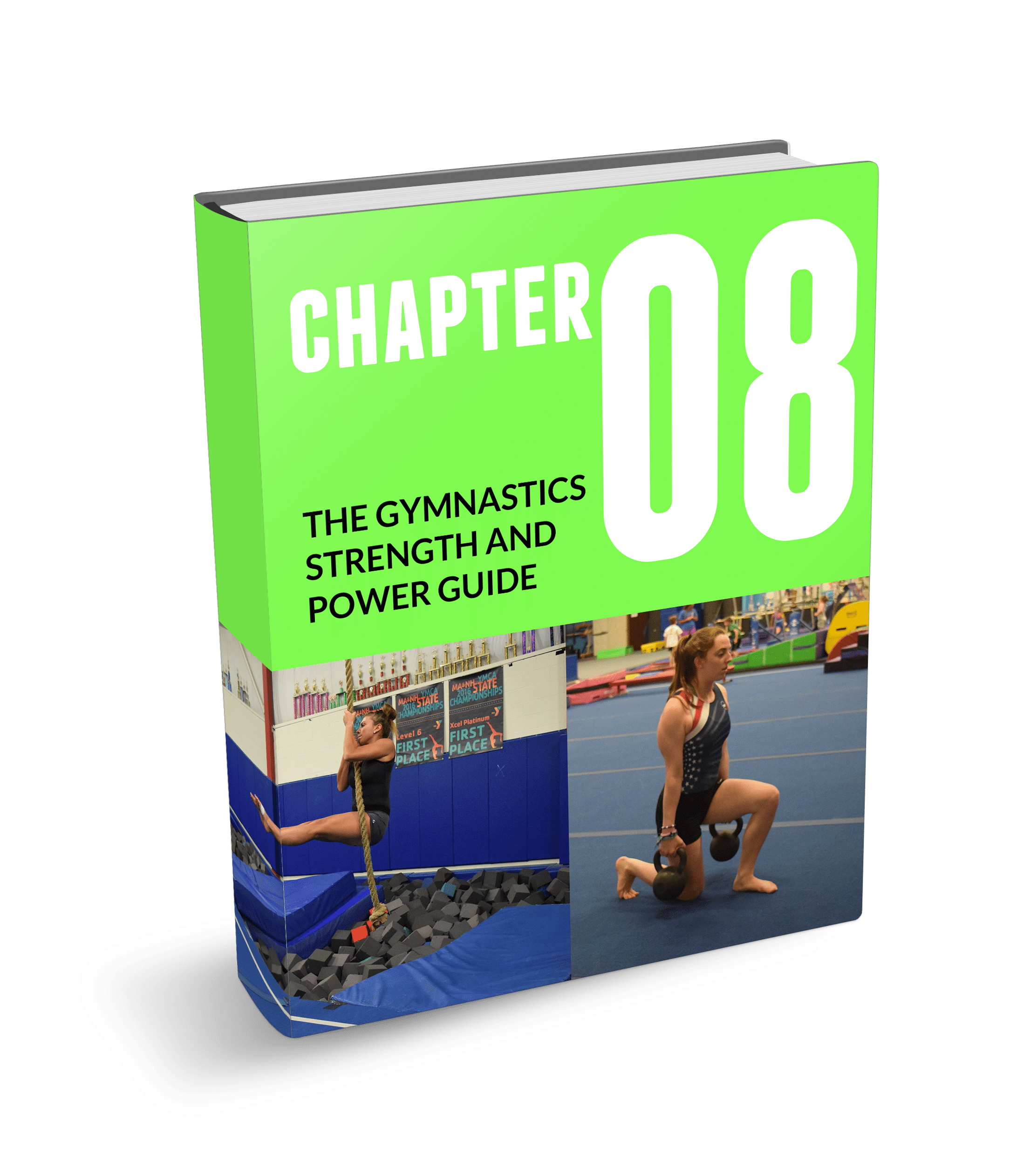
The Gymnastics Strength
and Power Guide
- Methods and exercises for increasing strength and power in gymnasts
- Explanations on why gymnasts should use both weight lifting and body weight strength
- Teaches concepts of planning, specific sets or reps, and planning for the competitive year
We take our privacy seriously and will never share your information. Click here to read our full privacy policy.
Essentially what this means is that, while some amount of imbalance or specialization is actually beneficial for sports performance, there is a very fine line between being adapted for gymnastics and developing an imbalance that can lead to injury. This concept of balance in another one that requires a shift in thinking on the part of the coach. Rather than thinking about strength programs and exercises in general terms like “arm”, “legs”, “stomach” coaches need to understand the specific muscles groups and movement planes that an exercise targets and then ensure that their athletes are hitting a variety of exercises. This is probably best illustrated through examples. Therefore, I’ve provided an example of two different 2x/week very basic strength programs to illustrate some import points. Keep in mind these are designed to illustrate the principle of strength balance and for this reason other factors such as volume, intensity, and which phase of season the athlete is in are not included.
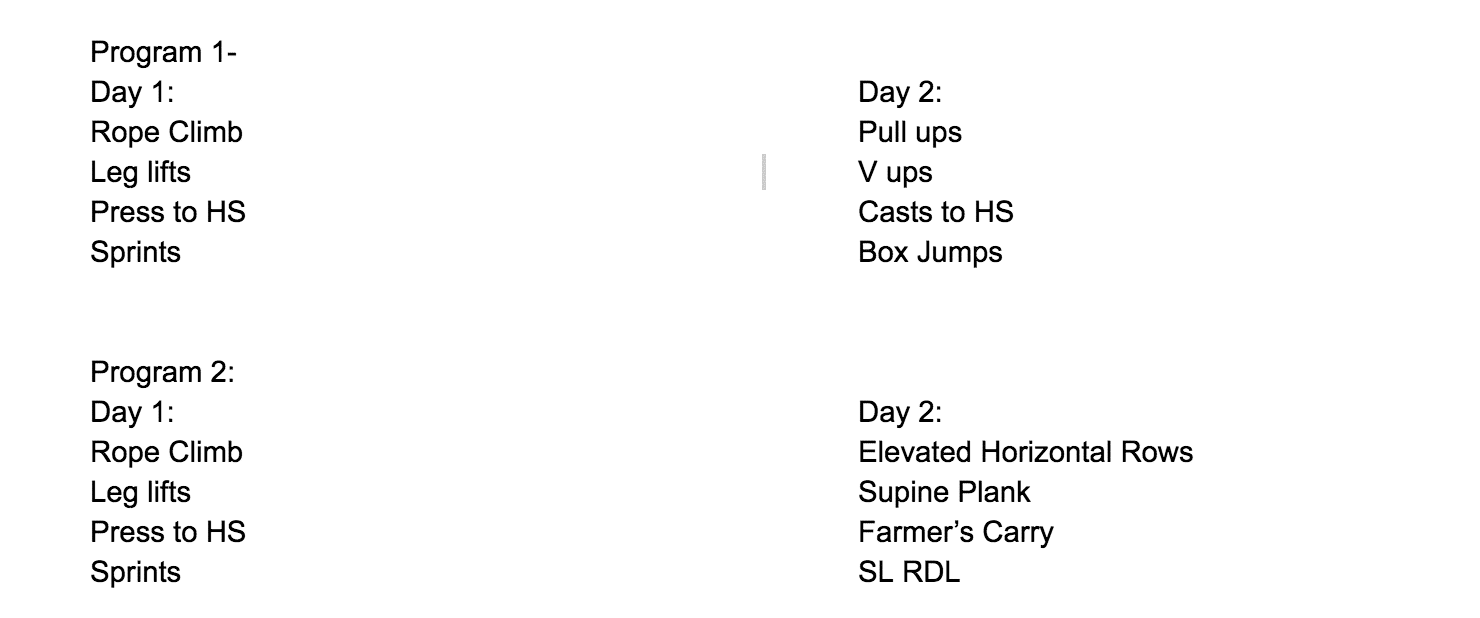
As you examine the programs presented above there are a few important points of note. First, program 1 is very gymnastics specific and encompasses many of the strength characteristics necessary for improved gymnastics performance. It has upper body pulling, hip flexor/ab work, handstand strength and position development, as well as explosive leg power via sprints and jumps. The question then becomes, how can it be improved and where it is lacking. In order to understand that, we first have to break down each movement.
Rope climbs/pull ups are both excellent exercises. They both however can be categorized as vertical pulling movements. Leg lifts and V ups are very anterior core and hip flexion dominate. Presses are very middle and lower trap intensive, as are casts. Sprints and box jumps are very anterior focused. Essentially, program 1 has different movements that target the same muscle groups and plane of movement. Program 2 on the other hand has all of the same gymnastics based movements but balances them with exercises with target antagonist muscle groups and movement planes to help balance the gymnastics strength work and gymnastics training that the athlete is also engaging in. Dave and I just wanted to get this concept out to people and will be covering this and other topics during our clinic in July!

Midline Stability: Anti- Extension, Anti- Flexion, Anti- Rotation, Anti-Lateral Flexion
Gymnastics Specific: Hip Flexion/extension, global flexion (hollow), global extension (tight arch)
This is just a general outline and the tip of the iceberg. There is so much more that goes into this concept, and learning more coaches and healthcare providers can help skyrocket gymnastics performance while reducing injury risk.
We will be covering all out current thoughts on safely developing flexibility and making the changes “stick” for skills, designing a balanced strength program for all levels, planning for the year to peak at big meets, and how to progress/regress exercises for each athlete. Hope to see you there, and hope this post was helpful!
– Rupert Egan, MS in Physiology, NASM-PES


